About Poultry Red Mite Dermanyssus Gallinae (PRM)
The poultry red mite Dermanyssus gallinae (PRM) poses a significant threat to egg-laying hens in many parts of the world, though is particularly significant in Europe (Chauve, 1998; Sparagano et al., 2009). Though all domestic fowl are at risk from PRM, infestation appears most significant in laying hens where economic costs associated with control and production losses have been estimated at €130 million per year for the EU egg industry (van Emous, 2005).
There is a relationship between PRM infestation and hen mortality, with some reports recording a tenfold increase in death rates following severe infestation (Cosoroaba, 2001). Although causal factors may vary, in extreme cases PRM numbers may be so high that hens become severely anaemic, with mortality resulting from exsanguination alone (Cosoroaba, 2001; Kilpinen et al., 2005; Wojcik et al., 2000). At a sublethal level, mite feeding may result in significant stress to hens, increased feed and water intake and decreased bird condition (Chauve, 1998; Kilpinen et al., 2005; Mul et al., 2009), also impacting upon production by causing declines in egg quality (through shell thinning and spotting) and egg laying (Chauve, 1998; Cosoroaba, 2001). Increases in aggressive feather-pecking and cannibalistic behaviours have been reported following infestation (Chauve, 1998; Mul et al., 2009), logically supporting the view that any proposed ban on beak-trimming should be preceded by a concerted effort to improve prevention and control of PRM.
Even relatively small mite populations may have significant impact, as PRM may serve as a disease vector for numerous pathogens including Salmonella, Pasteurella, Listeria, E. coli, Staphylococcus, Streptomyces, Newcastle disease, Fowl poxvirus, St. Louis encephalitis and various other forms of encephalitis (Valiente Moro et al., 2005; Valiente Moro et al., 2009). In addition to spreading disease, infestation may limit hen immunological responses to pathogens and/or vaccination strategies. Heavy infestations are reported to reduce antibody titers to some viral vaccines, or suppress host antibody production (Kaoud, 2010; Kowalski and Sokol, 2009).
Though PRM have historically been regarded as avian-specific, increased reports of non-avian infestations suggest a possible wider threat to veterinary and medical health (George et al., 2013). The full significance of PRM to these sectors has yet to be fully ascertained and warrants urgent attention. This is especially true given the cosmopolitan distribution of PRM (also occurring in association with feral and synanthropic birds) and its significant potential as a vector of zoonotic disease. Recent review confirms increasing incidence of PRM attacks on humans (George et al., 2013), including propensity for persistent infestation when feeding on human blood alone (Pampiglione et al., 2001). Transmission of spirochetes, rickettsiae, Salmonellae, Bartonellae, Pasteurellae, Sporozoa, hemogregarines, flagellates, and filariae have all been suggested as possible through bird mites per se (Litwin, 1961). More recent evidence supports acquisition of Bartonella via Dermanyssus spp (Melter et al., 2012) and links attacks to Lyme disease, Bartonella and/or Babesia (George et al., 2013).
Research concerning all aspects of PRM has increased in recent years as the need to better understand and manage this pest has begun to be recognised (Sparagano et al., 2014). Numerous groups from research, public health sector, industries and poultry organizations throughout Europe have interests in PRM, but these remain highly fragmented and nationally focused. As a result, though theoretically strong PRM networks have in practice the full potential of the transnational scientific community to contribute to PRM control remains unrealised. Significant potential to advance and develop knowledge that will lead to innovative tools to understand, diagnose, quantify, prevent and control PRM exists in activating and incentivising this multidisciplinary network through CA funding.
Information sheets from the Wageningen UR Livestock Research
Effects of poultry red mite infestation (211.6 KB)
Infestation of poultry red mite in Europe (259.6 KB)
 This website was archived on January 18, 2020 and is no longer updated.
This website was archived on January 18, 2020 and is no longer updated.

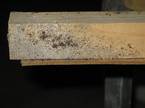
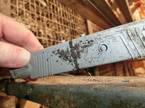
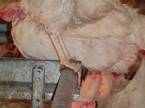
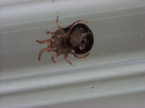
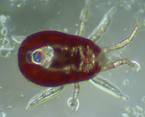


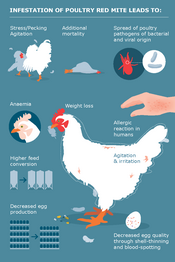
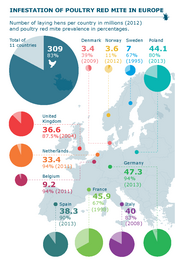
 COST is supported by the EU Framework Programme Horizon 2020
COST is supported by the EU Framework Programme Horizon 2020